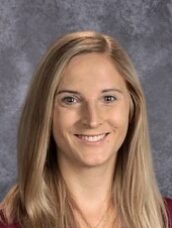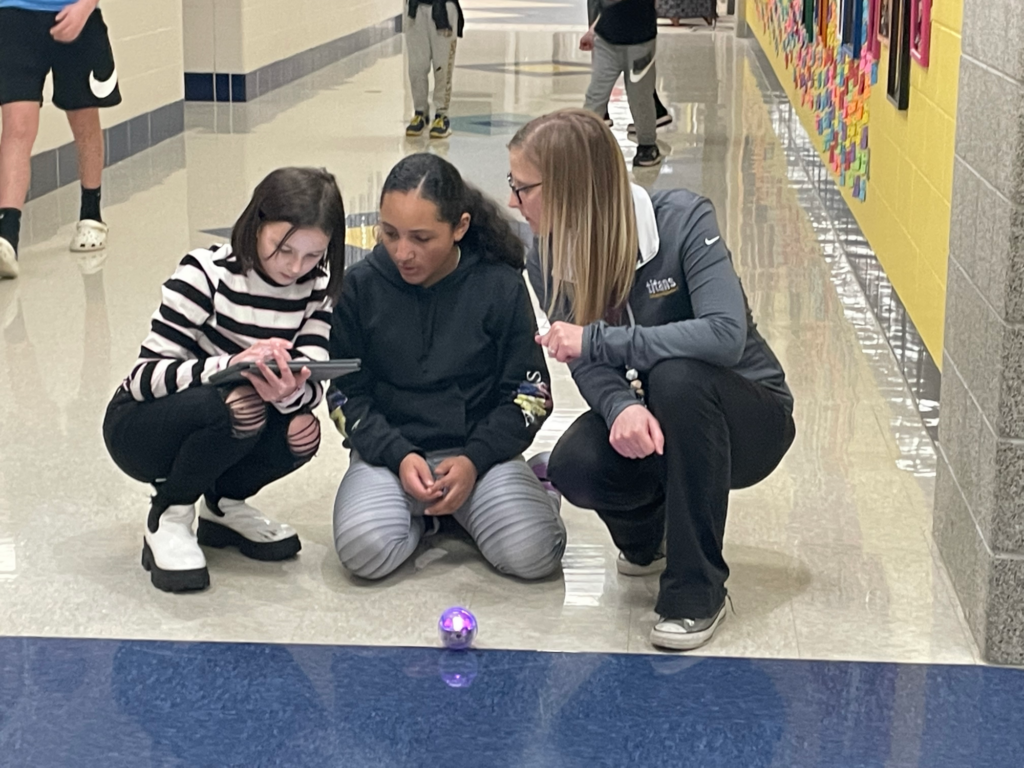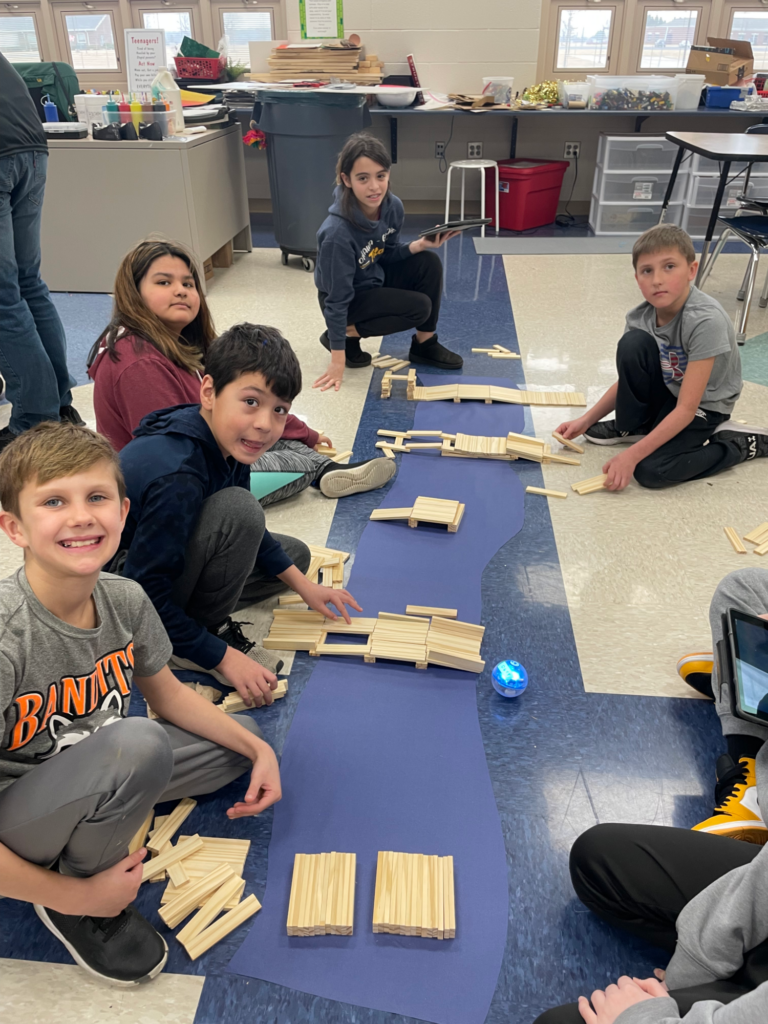Making lessons relevant to students is one of many challenges that teachers face. Educators know that helping students find a personal connection to what they are learning can keep them engaged in the lesson. And, if students feel they can make a difference through what they learn, all the better.
 These are the aims of the year-long STEM Rural Ohio Fellowship offered by the Ohio STEM Learning Network. The fellowship is open to any rural educator in the state. Participants will learn about their local STEM educational landscape, reflect on community challenges and make new connections. And, the study of place-based learning will guide teachers in developing solutions to needs in their home communities.
These are the aims of the year-long STEM Rural Ohio Fellowship offered by the Ohio STEM Learning Network. The fellowship is open to any rural educator in the state. Participants will learn about their local STEM educational landscape, reflect on community challenges and make new connections. And, the study of place-based learning will guide teachers in developing solutions to needs in their home communities.
During the past school year, Lori Schroeder, a math and STEM teacher at Ottawa Elementary School in the Ottawa-Glandorf Local School District, took part in the STEM Rural Ohio Fellowship. She answered a few questions about the experience:
Q: Tell us about your school, the students that it serves and the community in which it is located.
A: I currently teach at Ottawa Elementary, which is one of two elementary schools in the district. We are considered rural, and many of my students are on free or reduced-price lunches. Ottawa is in northwest Ohio, and many parents are employed at hospitals (that are 30-40 minutes away), in manufacturing/factory jobs or in agriculture-related work.
Q: Why did you apply for the STEM Rural Ohio Fellowship?
A: There are only a few STEM teachers, and it was hard to find others to bounce ideas off of or share ideas with. It can be very isolating building a STEM culture when you are the only one doing the work and are invested. Funding is tight in small districts as well, so that was working against me, too. I was signing up for anything free and related to STEM just to get ideas and bring them back to my building.

Applications for the STEM Rural Ohio Fellowship close August 11
During the year-long STEM Rural Ohio Fellowship, the participants will complete an in-depth learning experience including:
- multiple workshops to explore STEM best practices for your classroom held in either Southeast or Northwest Ohio
- virtual “booster” sessions to support classroom place-based learning
- collaborative experiences to connect with STEM leaders and veteran teachers to build a professional network
- opportunities to visit innovative Ohio STEM or STEAM designated schools
Q: What was your program experience like?
A: We had a couple of in-person meetings, a couple of Zoom meetings and one field trip to Columbus to Battelle. Topics were varied from getting money to start a STEM program and using resources in your community to supporting a STEM culture (connecting with local businesses, organizations, looking at parks, etc.)
Also covered was realizing how much potential our community had with being a part of the solution. Realizing what resources were around that I hadn’t even thought of – bringing the outside businesses into the classroom and bringing the classroom outside. It was awesome.
Q: During the program, what did you learn about your community, and how will that change how you teach your students? Were you able to target any needs or challenges in your community and decide how to meet them?
 A: I learned so much more about my community and how to connect with our community when we have a problem or need something. People want to help schools but don’t know how. We just have to reach out to them and provide ways to make those connections.
A: I learned so much more about my community and how to connect with our community when we have a problem or need something. People want to help schools but don’t know how. We just have to reach out to them and provide ways to make those connections.
My students were able to connect with many local organizations to provide and learn about pollinators and habitat loss. It was wonderful to see my students interacting with professionals, asking them questions, sharing presentations and offering solutions to problems that we have in the community.
Q: Did you create a locally relevant lesson as part of the fellowship experience? If so, what did the lesson deal with, and did you present it to your students? What was their reaction/feedback?
A: My students learned about habitat loss in our area and how that is affecting our wildlife. The students brainstormed and decided they wanted to plan a prairie. We are in the middle of fundraising, so students are going to local organizations and presenting the project to them to ask them for donations. The students designed and picked the appropriate area to create the prairie. They are learning so much!
The prairie project was built off of a smaller project about bird houses. There is a lesson in our curriculum that talks about habitat loss, so I brought in our local Ottawa County Soil and Water Conservation District to talk about habitat loss. We then talked about how we could help with habitat loss in our county, and prairies came up. From there the kids took charge.
This is an ongoing project that the kids will continue to work on this year as well. This was not a project I had anticipated doing; it really was the kids’ idea. I just told them what steps we would have to take and got into contact with the appropriate people.
Q: Did you make useful connections with fellow educators or others through the program? How have these connections helped you as a teacher?
A: The connections with other rural teachers were invaluable. Being able to speak with others who are facing the same challenges that I am but also brainstorming solutions! Many times it is easy to find the problems, but we were seeking solutions. And I am still working with some of these teachers today! We bounce ideas off of each other or share resources.
Q: Who would you recommend the program to?
A: I have recommended the program to our science teachers and elementary teachers.